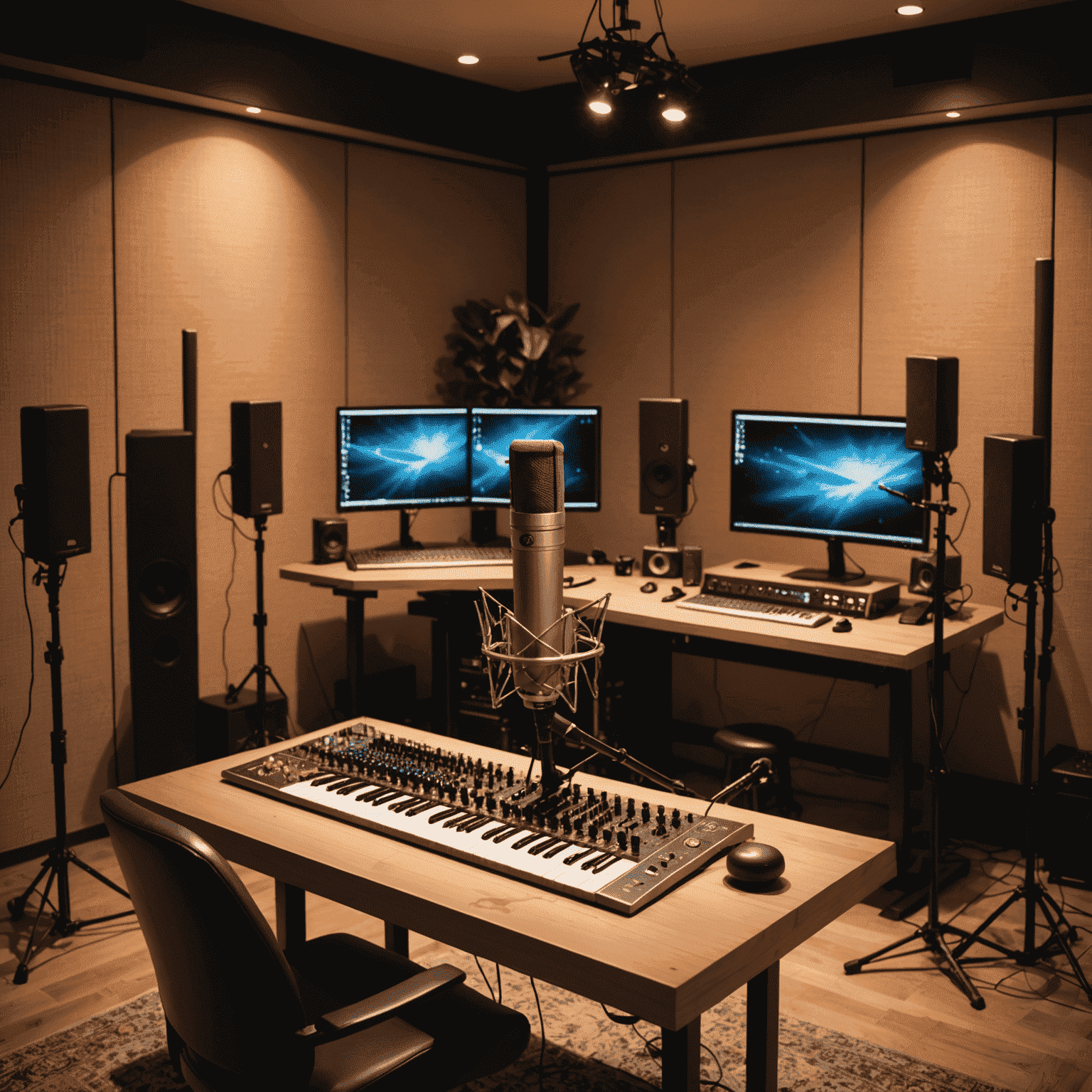5 Tips for Improving Your Podcast's Sound Quality

Elevate your podcast's audio quality with these expert tips covering room acoustics, microphone techniques, and post-production tricks.
1. Optimize Your Recording Environment
The first step to achieving crystal-clear audio is to create an ideal recording space. Consider these points:
- Choose a quiet room with minimal external noise
- Use acoustic treatments like foam panels or heavy curtains to reduce echo
- Place your microphone away from hard, reflective surfaces
2. Invest in Quality Microphones
Your microphone is the heart of your audio setup. Here's what to keep in mind:
- Choose a microphone suited for voice recording, such as large-diaphragm condensers or dynamic mics
- Use a pop filter to reduce plosives
- Experiment with microphone placement to find the sweet spot for your voice
3. Master Proper Microphone Technique
Even the best microphone won't sound great if used incorrectly. Follow these tips:
- Maintain a consistent distance from the microphone
- Speak across the microphone rather than directly into it to reduce breath noise
- Practice good posture to support your diaphragm and improve vocal delivery
4. Record at Optimal Levels
Proper gain staging is crucial for clean recordings:
- Set your recording levels to peak between -12dB and -6dB
- Use a compressor lightly during recording to even out volume fluctuations
- Always monitor your audio with headphones while recording
5. Enhance Your Audio in Post-Production
The final touch comes in the editing phase:
- Use noise reduction software to remove any background hum or hiss
- Apply EQ to enhance vocal clarity and warmth
- Use compression and limiting to achieve a consistent volume throughout your podcast
By implementing these tips, you'll be well on your way to producing professional-quality audio for your podcast. Remember, great sound is key to keeping your listeners engaged and coming back for more. Happy podcasting!